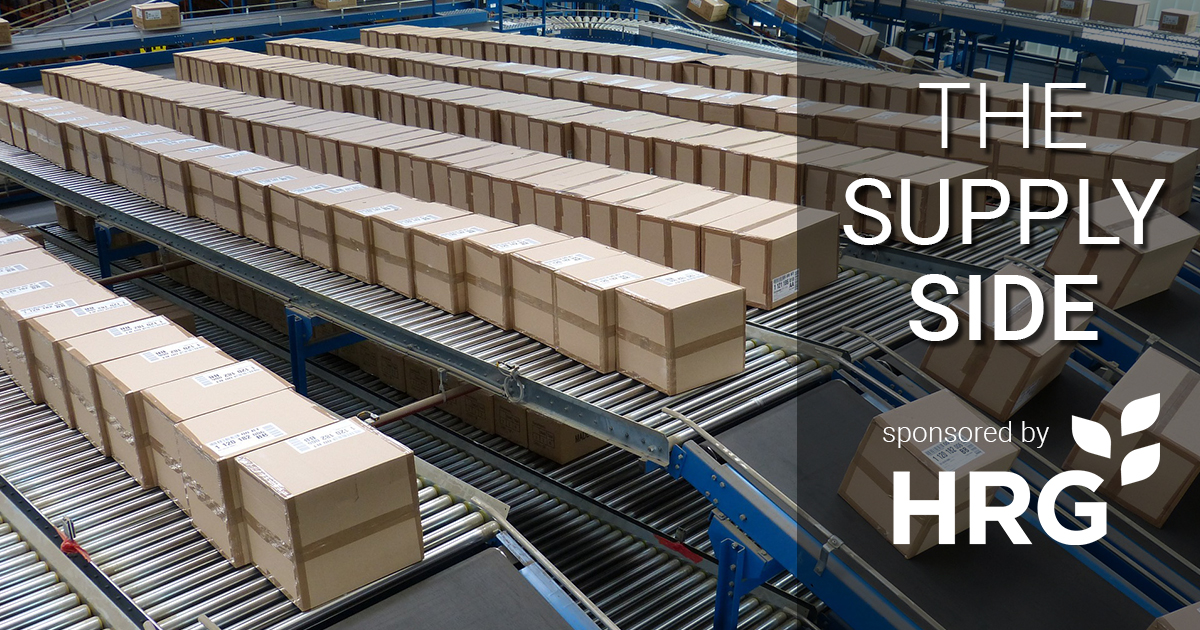
Many retailers are investing in stores, people and technology to ensure they remain relevant in the evolving retail sector. Burlington, Walmart, Five Below, and Tractor Supply are just a few of the retailers expanding in 2025 amid global trade uncertainty and higher import costs.
While hundreds of retail stores are closing this year, brick-and-mortar is still alive and well, according to Coresight Research CEO Deborah Weinswig.
Off-price retailer Burlington is adding 100 new locations by the end of the year. By June, the retailer had opened 22 new locations and acquired 12 former Big Lots store leases in Connecticut, following the retailer’s bankruptcy earlier this year. In July, 22 new stores opened across 15 states, and seven more openings are slated for August.
Kristin Kendrick Wolfe, Burlington’s chief financial officer, said the retailer plans to expand even more in 2026.
“Burlington is on track to grow to 2,000 stores nationwide,” Wolfe said. “We’re excited to keep growing and bringing amazing deals on top brands to shoppers across the country.”
Each new location will feature a refreshed store layout designed to make it easier for customers to discover deals and savings on their favorite brands, she said. Wolfe said the new locations will have the latest format, and half of the existing stores have been converted. By the end of 2026, Wolfe said the entire store fleet will be converted.
The retailer expects full-year capital spending to be $950 million. Total sales are forecast to grow between 6% and 8% over 2024. Adjusted earnings per share are forecast to grow between 4.19% and 11.37% over fiscal 2024.
CEO Michael O’Sullivan said the company expects tariffs imposed by the Trump administration will put significant pressure on merchandise margins.
“The changing landscape of tariffs creates risks and opportunities for our business,” he said. “We have many advantages that traditional retailers do not have. We can move more rapidly with more flexibility. The next several months could be challenging, but if we navigate this well, then we expect to come out ahead. Whatever level tariffs settle at, vendors will adjust and relocate to the lowest cost source of production. We do not believe that tariffs are going to change the longer-term structural dynamics of the retail industry. These dynamics are driving the growth of off-price retail and our business. We are excited by and focused on our long-term full potential.”
Discount chain Five Below is also on an aggressive growth trajectory with 150 new stores opening this year, including stores in Fort Smith and Rogers. The company expects capital expenditures between $210 million and $230 million.
“Looking ahead, this unwavering focus on the core customer combined with disciplined execution of our strategy and the agility of our teams positions us to deliver our financial and operational objectives as we navigate the impact of tariffs and the associated uncertainty in the current global trade environment,” CEO Winnie Park said in May.
Five Below expects net sales of $4.4 billion for the year, with comparable-store sales up 3% to 5% over last year.
Tractor Supply is also expanding its store footprint. They are on track to open 90 new stores in 2025, and 100 more in 2026, with a long-term store target of 3,200. The expansion is fueled by sales growth, including a 4.5% increase in net sales in the second quarter of 2025. Capital spending for this year is pegged at roughly $700 million. Much of the money will be spent on 90 new stores, building the 11th distribution center, opening 10 new Petsense by Tractor Supply stores, and remodels of garden centers and existing stores.
TECHNOLOGY INVESTMENT
Walmart is locked in with its 4,700 U.S. stores, but it continues to invest in technology to improve its online business and back-office functions. The retailer has announced four super agents powered by artificial intelligence (AI) which are capable of independent action and decision-making to achieve pre-defined goals without constant human oversight.
Suresh Kumar, the global chief technology officer and chief development officer at Walmart, used the phrase super agents to describe Walmart’s AI tools. He revealed their use cases in a social media post on July 24.
Kumar said the super agents are central to making tasks easier for Walmart’s customers, employees and partners. Walmart invested in an agent for employees that centralized access to resources such as schedules and sales data with the intent of saving time for Walmart workers. There is also Marty, Walmart’s partner agent, which suppliers, sellers and advertisers can use to manage tasks associated with listing new products, orders and campaigns. And there is Walmart’s developer agent that is designed to shorten cycles for testing, building and launching software within the company.
“Over the next year, the super agents will become a more visible part of the Walmart ecosystem, even as we continue building more specialized agents that live within them — like an agent for our People team, advanced customer care agents and more,” he said.
In addition, Kumar said Walmart’s AI would be used with other technologies. Those include drones and real-time digital twins of Walmart facilities. The deployments would include outcomes such as predicting and preventing issues before they become problems.
Walmart forecasts capital expenditures between $20.8 billion and $24.5 billion for this year. Walmart’s goal is to automate around 65% of store services by 2026 and have 55% of fulfillment center volumes handled in automated facilities. This includes using robotics and AI-driven inventory management in their next-gen fulfillment centers, aiming to reduce unit costs by roughly 20%.
Store modernization is also high on the list with roughly 650 store remodels each year that include expanded online pickup and delivery areas, wider aisles and private pharmacy spaces for expanded services.
Editor’s note: The Supply Side section of Talk Business & Politics focuses on the companies, organizations, issues and individuals engaged in providing products and services to retailers. The Supply Side is managed by Talk Business & Politics, and is sponsored by HRG.
